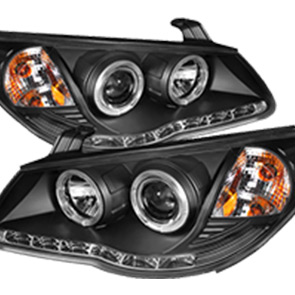hand throttle
The Hand Throttle A Deep Dive into Its Mechanics and Applications
The hand throttle, a device often overshadowed by more complex automotive technologies, plays a crucial role in various machinery and vehicles. From motorcycles to agricultural equipment and even in some industrial settings, the hand throttle allows operators to control engine speed manually. In this article, we will explore the mechanics of the hand throttle, its applications, and its significance in modern machinery.
Understanding the Mechanics
At its core, the hand throttle is a simple mechanical device that allows the operator to increase or decrease the engine's power output by changing the amount of fuel-air mixture entering the engine. Unlike modern electronic throttle control systems, the hand throttle operates on a more straightforward principle of physical manipulation.
Typically, the device consists of a lever or a grip that is connected via a cable to the throttle valve in the engine's intake system. When the operator pulls or pushes the lever, it either opens or closes the throttle valve, thereby allowing more or less air (and fuel) into the engine. This results in an increase or decrease in engine RPM (revolutions per minute) and, consequently, power output.
The simplicity of the hand throttle makes it easy to use and maintain. It does not rely on complex electronics, which can be susceptible to failure. Instead, it employs a direct mechanical connection that is both robust and reliable, making it an ideal choice for vehicles and machinery operating in harsh environments.
Applications Across Industries
The hand throttle is employed in a variety of vehicles and machinery, each benefiting from its unique capabilities
. In motorcycles, for example, the hand throttle is an essential component, allowing riders to control their speed and acceleration intuitively. The direct feedback provided by a mechanical throttle enhances the riding experience, enabling precise control, especially in challenging conditions.hand throttle

In the agricultural sector, hand throttles are commonly found in tractors and other farming equipment. Farmers often need to maintain a steady engine speed when performing tasks like plowing or harvesting. A hand throttle allows them to set a constant RPM without needing to keep their foot on the accelerator. This not only improves comfort but also promotes fuel efficiency, as the engine can operate optimally at a constant speed.
Similarly, in construction and industrial machinery, hand throttles provide operators with the ability to fine-tune engine performance. Equipment like forklifts, backhoes, and other heavy machinery often utilize hand throttles for better control in precision tasks. The manual aspect of the throttle can enhance safety, as operators can react quickly to changing conditions without the delay that might accompany an electronic system.
Advantages and Limitations
While hand throttles offer several advantages, they are not without their limitations. One notable benefit is their ease of use and maintenance. Operators familiar with mechanical systems may find hand throttles more intuitive than electronic counterparts, especially in environments where electronic systems may be more prone to failure.
On the other hand, hand throttles can lack the precision offered by electronic throttle control systems, particularly in applications requiring very fine adjustments to engine speed. Electronic systems can respond more quickly to changes in driver input and are able to integrate with various technologies, such as cruise control and stability systems.
Additionally, in high-performance racing scenarios, where rapid acceleration and deceleration are crucial, drivers may prefer electronic throttles for their speed and precision. Over time, however, many enthusiasts still appreciate the tactile feedback and control provided by a hand throttle, which allows them to fine-tune their performance through skill and experience.
Conclusion
The hand throttle may seem like a simple mechanism, yet its impact spans various industries and applications. From motorcycles to heavy machinery, it provides operators with manual control over engine speed, enhancing comfort, safety, and efficiency. As technology advances, the hand throttle may evolve, but its fundamental role in machinery and vehicles is unlikely to diminish. Understanding and appreciating this humble device can foster a greater respect for the intricacies of mechanical engineering and the enduring value of simplicity in technology.
-
Workings of Clutch Pipe and Hose SystemsNewsJun.04,2025
-
The Inner Workings of Hand Brake Cable SystemsNewsJun.04,2025
-
The Secrets of Throttle and Accelerator CablesNewsJun.04,2025
-
The Hidden Lifeline of Your Transmission Gear Shift CablesNewsJun.04,2025
-
Demystifying Gear Cables and Shift LinkagesNewsJun.04,2025
-
Decoding Clutch Line Systems A Comprehensive GuideNewsJun.04,2025
